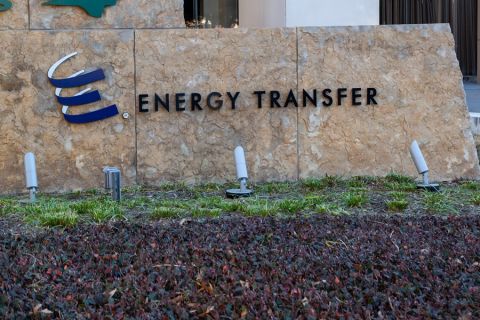No one can blame U.S. oil and gas companies for whistling a little James Taylor following Mexico’s historic energy reform legislation announced this past December, particularly the line, “Oh, Mexico, guess I’ve got to go now.”
The constitutional reform effort will create new contractual frameworks for foreign investment in Mexico’s energy sector from upstream oil and gas and electric power generation to downstream retail gasoline and electricity.
The effort will establish open-carry independent systems transmission for oil, gas and electricity, which has implications for U.S. operators wanting to export natural gas to Mexico, creates a stabilization fund for Mexico—and will spin off Pemex and Comisión Federal de Electricidad, the federally owned electricity system—into productive state enterprises free to compete on the same playing field as international companies.
The contractual framework for foreign oil and gas investment is of particular interest to U.S.-based oil and gas operators. Mexico’s energy reforms are patterned after successful practices of energy policies worldwide and cover production sharing, profit sharing, services contracts and licenses. Energy reform in Mexico, if all goes according to plan, means the government will guarantee a more open energy marketplace.
Of course, the devil is in the details. All contracts will acknowledge that Mexico retains ownership of oil and gas in the subsoil
though mechanisms will be created so that external parties can report reserves consistent with international investment practices.
“The reform is really quite breathtaking in its scope and its ambition,” said David Goldwyn, president for Goldwyn Global Strategies LLC, at a Houston conference on Mexico’s energy reform. “If it succeeds, it will move Mexico to be a strategic supplier of oil by 2022. If you look at IEA [International Energy Agency] projections, they expect non-OPEC will peak by about 2022—and they are not counting increased production from Mexico’s reform—so good timing for the rest of the world.”
How—and under what time frame—opportunities unfold is the question north of the border. An early marker will be evident in the creation of secondary laws governing reform implementation. Each must be tailored to encompass different types of fields, whether deepwater, tight formation or mature conventional properties, and be broad enough to encourage capital investment in a market where commodity prices can vary widely over time. The second marker to watch is the Round Zero, which will define which entitlements Pemex retains as it evolves into an independent, productive state enterprise.
Early indications are that Pemex will retain deepwater, where it can partner with international oil companies and access technical and operational expertise, and Mexico’s conventional mature basins, where an influx of capital can reverse production declines and generate quick cash.
Additionally, Pemex will retain exploration entitlements for three to five years in areas where it has made commercial discoveries
or exploration investments. The Comisión Nacional de Hidrocarburos will determine by Sept. 17 which entitlements Pemex retains, based in part on what Pemex can develop technically before opening the opportunities to external bidding in the second half of 2015.
What does it mean for oil and gas companies north of the border?
According to Barclays Capital, annual energy investment in Mexico will rise from $20 billion currently to $80 billion by the end of the decade, with $40 billion coming from foreign investment. Business opportunities will open for oil services firms in the second half of 2015, followed by opportunities for offshore seismic data collection. Investment options in deepwater and tight formation plays will broaden in the second half of the decade.
Recommended Reading
Report: Crescent Midstream Exploring $1.3B Sale
2024-04-23 - Sources say another company is considering $1.3B acquisition for Crescent Midstream’s facilities and pipelines focused on Louisiana and the Gulf of Mexico.
Energy Transfer Announces Cash Distribution on Series I Units
2024-04-22 - Energy Transfer’s distribution will be payable May 15 to Series I unitholders of record by May 1.
Balticconnector Gas Pipeline Back in Operation After Damage
2024-04-22 - The Balticconnector subsea gas link between Estonia and Finland was severely damaged in October, hurting energy security and raising alarm bells in the wider region.
Wayangankar: Golden Era for US Natural Gas Storage – Version 2.0
2024-04-19 - While the current resurgence in gas storage is reminiscent of the 2000s —an era that saw ~400 Bcf of storage capacity additions — the market drivers providing the tailwinds today are drastically different from that cycle.



